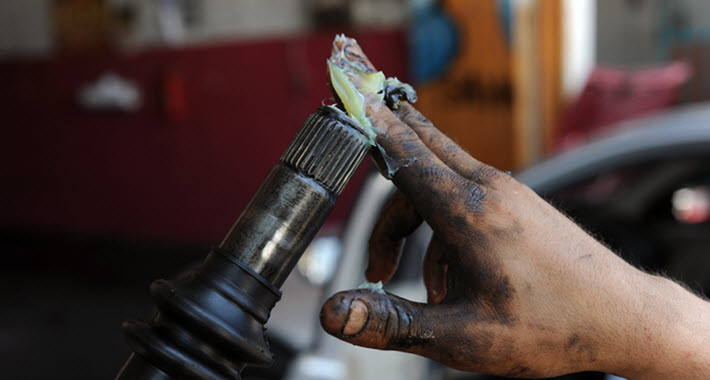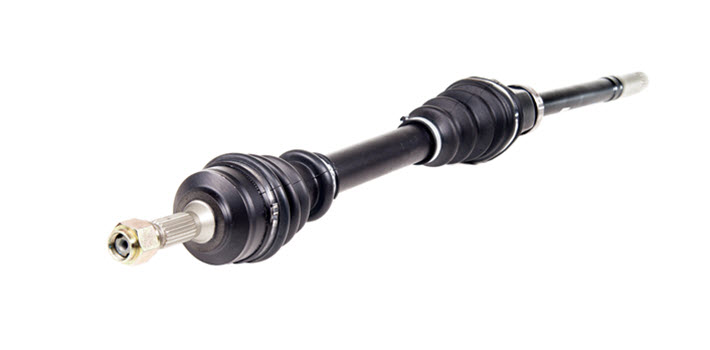Axle shafts are vitally important in your Saab’s ability to move, and if one fails, you should work quickly to diagnose the issue and have it fixed. If you don’t, your vehicle will become dangerous to drive, and the consequences may be catastrophic. In this article, you will find everything you need to know about the axle shafts in your Saab, how to diagnose when one is going bad, and why it is crucial to repair a failing axle shaft as soon as possible.
Why are the axle shafts so important?
Axle shafts are what attach your car to its wheels. In your Saab, which has a front-wheel drive setup, the axle shafts are responsible for transferring your vehicle’s power from the transmission to the wheels. When the axle shafts are properly functioning, this transfer will cause the wheels to spin. However, if an axle shaft is failing or broken altogether, the wheels will not go around, and your Saab won’t be able to move.
What are the signs of a failing axle shaft?
Because the axle shafts are necessary for your car to be able to drive around, it is important to know what the symptoms of a failing axle shaft are so that the problem can be fixed quickly. By observing the way that your Saab drives and by listening to the noises it makes, you can diagnose a failing axle shaft before it completely breaks. These are the most common signs of a failing axle shaft:
Clicking Noises
Perhaps the most common sign that an axle shaft is going bad is a clicking or clunking noise whenever you turn your steering wheel, especially when going around a corner. This happens when an axle shaft becomes worn and loose, causing it to rattle.
Vibration
Since an axle shaft needs to be able to balance when it turns, a damaged one will vibrate. This is a very noticeable sign to look for. You may detect that the vibrations get stronger whenever you accelerate, decelerate, or go around turns. If the vibrations get too powerful, your Saab’s movements will be difficult to control and you may find that you no longer enjoy taking it out for a spin.
Grease
Run a cloth on the inside of your tire’s edge and see if there is a significant amount of grease. While this may not immediately indicate a failing axle shaft, it could point to another underlying issue that could cause damage to your axle shaft later on. For example, leaking grease might indicate that a joint has been damaged. Eventually, if the joint is not repaired, it will rip apart, which will also cause damage to the axle shaft.
What will happen if i don’t fix my axle shaft?
If you notice any or all of these 3 symptoms, then there is a very good chance that your Saab has a failing axle shaft. Once you’ve diagnosed the issue, you should waste no time in repairing the axle shaft. Allowing the problem to persist could cause extensive damage to your car, but it might also become dangerous for you as the driver.
If a failing axle shaft breaks completely, your Saab will no longer be able to transfer power from the transmission to the wheels, and the wheels will stop moving. If you’re driving when this occurs, a serious accident could result.

We Have Options For Repairs
Properly maintaining your Saab and ensuring that its axle shafts are regularly inspected will help lower the risk of one failing without your knowledge. However, if you discover that your Saab has an axle shaft that is going bad, it is imperative that you take your vehicle to a professional Saab repair shop which can properly assess the symptoms, diagnose the issue, and replace the damaged parts before it causes harm to your Saab or to yourself.
The Saab specialists at Dell’s Service Center are trained at handling and providing the best care and attention that’s specifically required by your Saab. Serving the Green Bay, Manitowoc, and Sturgeon Bay, WI areas, we are dedicated to making sure that your car is safe to drive so that you don’t have to worry. If you have a failing axle shaft or any other concerns about your Saab, call Dell’s Service Center and set up an appointment with us today.

